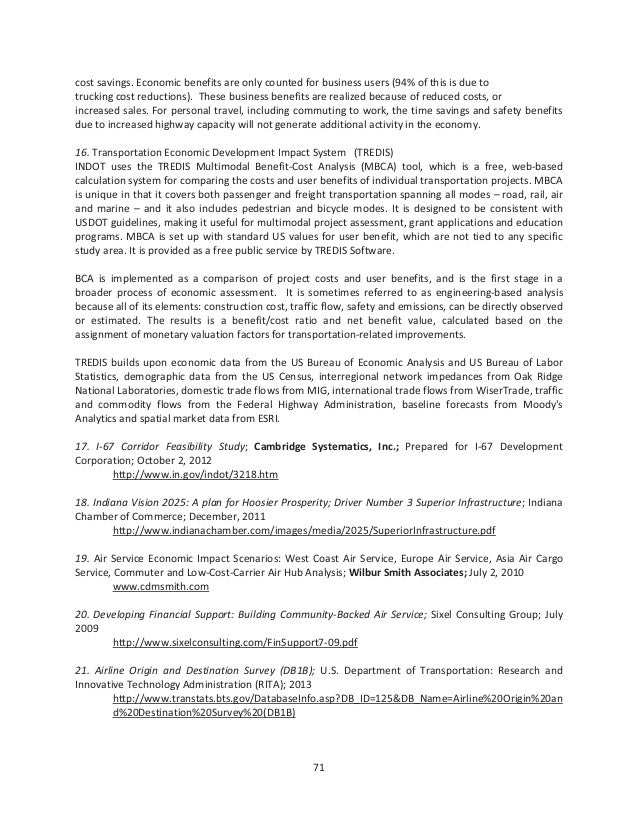Driver Safety Plan Final Report Of Project
Driver Safety Plan Final Report Of Project A study plan, which was peer- reviewed by a panel of independent experts with relevant medical and scientific qualifications, was published in April of 2. The final report and findings. Decameron Italiano Moderno Pdf Download. Older Driver Safety Summit Final Report. A clear plan is to. This project would give older drivers and families more ownership and empowerment as.
Safety programs matter! Bosses and workers benefit when hazards are kept in check.
Stock photo In addition to an Accident Prevention Program, other safety & health programs may be required, depending on the hazards in your particular workplace. The following samples are informational and advisory. You may customize them to fit your particular workplace or tasks. They are not regulations and do not create any new legal obligations.
Sample Programs Sample Plans Sample Procedures Sample Hazard Identification Tools Additional Required Programs End of main content, page footer follows.
Goal: The Commercial Motor Vehicle (CMV) Driver Restart Study was designed to measure and compare the fatigue and safety performance levels of truck drivers in a naturalistic environment while using two different versions of the hours-of-service (HOS) restart provisions. Background: In the Consolidated and Further Continuing Appropriations Act of 2015, Congress directed FMCSA to conduct a CMV driver restart study comparing 5-month driver work schedules and assessing operator fatigue and safety critical events (SCEs) among participating CMV drivers who operate under: • The restart provisions in effect between July 1, 2013, and December 15, 2014 (i.e., 2-night rest period); and • The restart provisions in effect on June 30, 2013 (i.e., 1-night rest period). Summary: The study compared 5-month work schedules and assessed SCEs (e.g., crashes, near-crashes, and crash-relevant conflicts), operator fatigue/alertness, and short-term health outcomes among CMV drivers operating under a 1-night rest period versus drivers operating under a rest period with 2 or more nights.
The study also analyzed the safety and fatigue effects on CMV drivers who had less than 168 hours between their restart periods and those drivers who had at least 168 hours between their restart periods. Drivers were recruited from small, medium, and large fleets across a variety of operations (long-haul, short-haul, and regional) and different sectors of the industry (flat-bed, refrigerated, tank, and dry-van). FMCSA would like to thank the many CMV drivers and companies who volunteered to participate in this study. The study used data collected from: • Electronic logging devices (ELDs) (which track drivers’ time on duty). • Psychomotor Vigilance Tests (PVTs) (which measure alertness). • Actigraph watches (which assess sleep).


• Camera-based onboard monitoring systems (which record or measure SCEs and driver alertness). Andersen Piterbarg Interest Rate Modeling Pdf Merge more. • Smartphone-based self-report questionnaires that measure sleepiness, stress, hours slept, and caffeine intake.
A, which was peer-reviewed by a panel of independent experts with relevant medical and scientific qualifications, was published in April of 2015. The final report and findings underwent a similar independent peer review. The Secretary submitted an outline of the study’s scope and methodology to the U.S. Department of Transportation (USDOT) Inspector General.